Sponsored by Tourism Oita
Saiki, coastal city in Oita prefecture
Located in the southeast part of Oita Prefecture on Kyushu island, Saiki is a small coastal city well-known for its seafood culture and cuisine. Facing the Bungo Channel, Saiki benefits from its location as one of the most bountiful seafood spots in Japan. Marines currents from the Pacific Ocean and the Seto Inland Sea have created a rich ecosystem with a large variety of fish, shellfish and other seafood. Besides its cuisine, the Saiki area is also a great spot for marine activities such as fishing, scuba diving, canoeing, paddle boarding and swimming. But beyond the sea, Saiki has a rich history dating back to the Edo period, preserved in its old buildings. Stroll around the historical district and enjoy traditional Japanese houses where high-class merchants and samurai used to live.
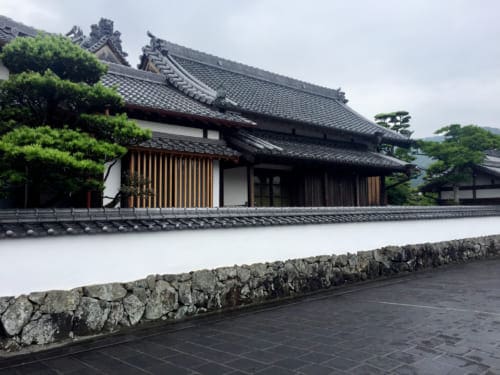
A good way to enjoy Saiki easily is by bicycle. You can rent a bike for only ¥300 per day at the Tourism Information Center, which is right in front of Saiki station. The office is open everyday from 9am to 6pm and they can provide you with brochures and a map in English.
Saiki historical district : dig into Edo era atmosphere
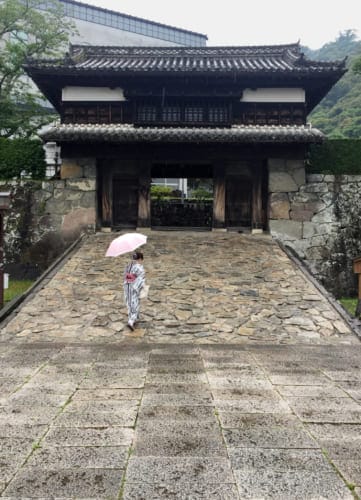
I recommend starting your visit at Yaguramon, the main gate of the former Saiki castle, now the gate of the current Saiki Cultural Center. You can reach that gate in 10 minutes by bicycle from Saiki station. During the Edo era in 1606, Saiki castle was built on the top of Shiroyama mountain. Saiki area is a small flat land at the mouth of Banshogawa river, and being located the south border of Bungo province (Oita prefecture), it has been an important area to guard province from southward. But only 15 years after its construction, it had been said that the castle was completely destroyed by a fire caused during a fierce thunderstorm. The peace and stability brought by the Tokugawa shogunate made rebuilding the castle outdated; after for a while, a Shinto shrine was built. But the shrine was also completely destroyed by American fire bombing during World Ward II as Saiki was a strategic base for the Japanese Navy.
Now only one torii (traditional gate of a Shinto shrine) remains and is the starting point for a walk leading up the mountain. You can easily make that 20 minute stroll to enjoy the view and the ruins of the former castle.
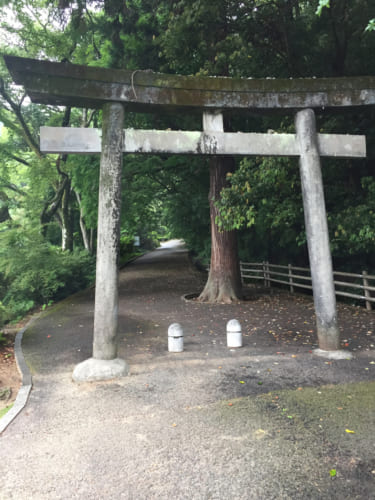
You can continue your visit on the historical road of Saiki, the “History and Literature Road”, named after the numerous Edo period residences and the museum dedicated to novelist Kunikida Doppo, one of the inventors of Japanese naturalism. Though the houses are still private residences, you can still see the high-class and samurai houses facades and zen gardens.
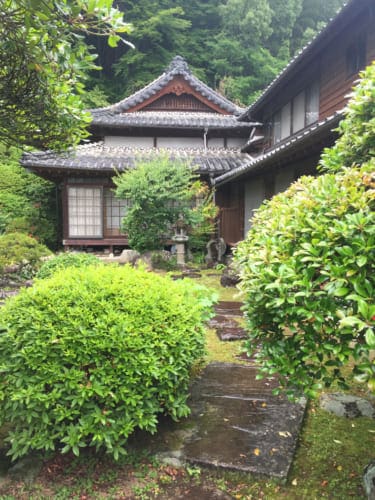
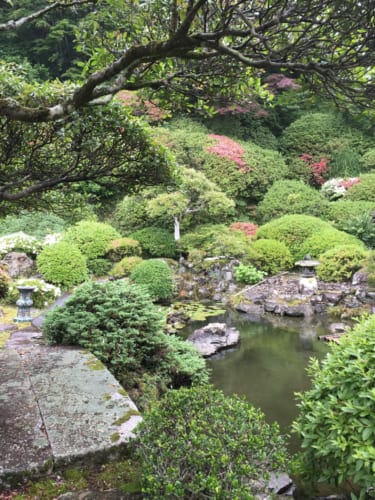
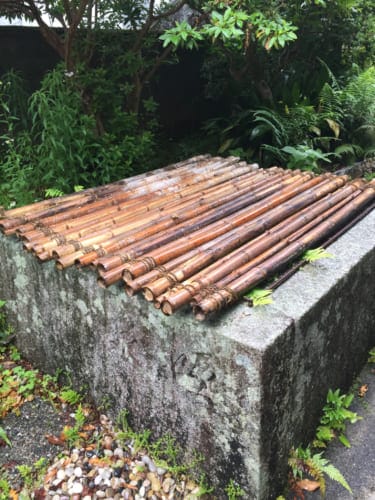
Along your walk, you can’t miss a huge Buddhist temple along the way. Unfortunately, you won’t be able to look inside on your own, as it is a temple for training young monks.
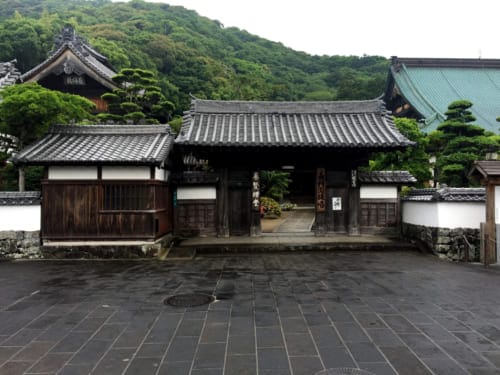
Tea ceremony at Kyushintei tea house (汲心亭)
According to Okakura Kakuzo, author of “The Book of Tea”, you can understand a bit about Japanese aesthetics and their way of thinking through experiencing the tea ceremony. Influenced partly by Zen buddhism, the tea ceremony is a ritual where the tea, the objects used for the preparation, the architecture, and the floral arrangements are appreciated for their simplicity. It is the adoration of normal everyday objects.
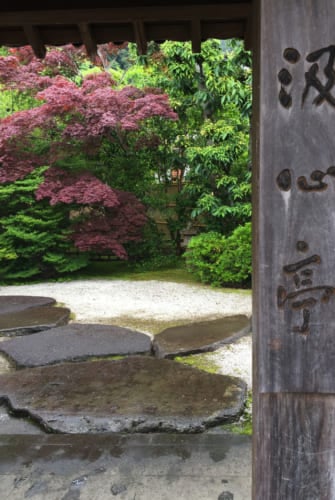
In Saiki, you can experience this ritual at the Kyushintei House, which name means “Making tea means entertaining your guests from the heart”. The Karesansui-style garden (traditional Japanese dry landscape garden) features only gravel and four rocks that symbolises the Japanese character for heart (心). The room where you will be able to enjoy the tea is a traditional Japanese tatami mat room with a direct view of the garden.
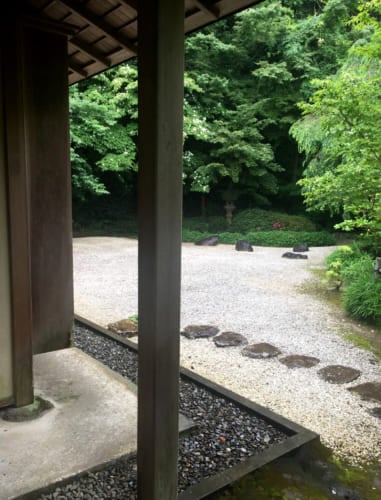
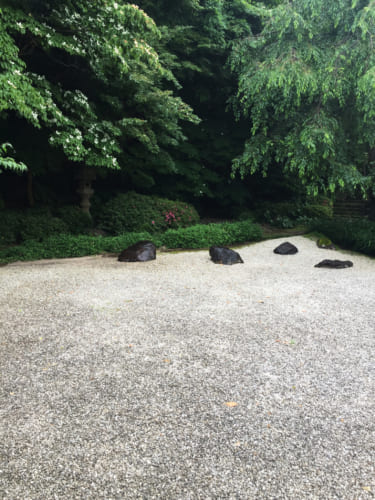
Before enjoying the tea and the wagashi (traditional Japanese pastry), the master of tea will present you the ikebana (floral arrangement) and the calligraphy scroll that are showcased on the tokonoma, the small alcove that serves for display. Enjoy the minimalism of the room and appreciate the view of the garden through the large bay windows.
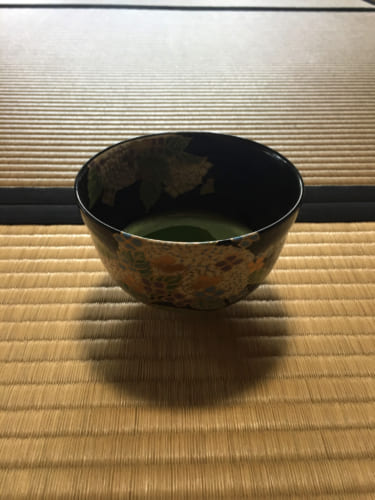
After enjoying your tea experience, you can take a walk in the garden and see a small thatched roof house which was formerly used for the tea ceremony. The entrance to the tea room was made small to force guests to bow down when entering the room. This act of humility was symbolic of leaving behind social rank and hierarchy, because inside the tea room they were all equals. The strings you can see over the roof were placed to deter crows from damaging it.
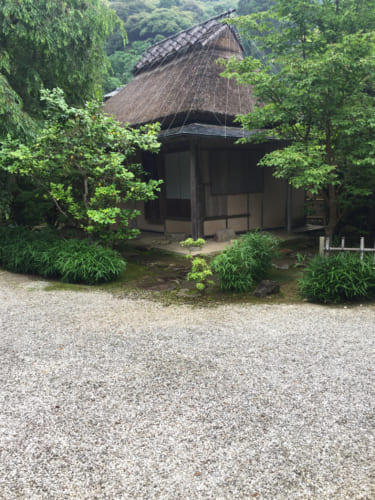
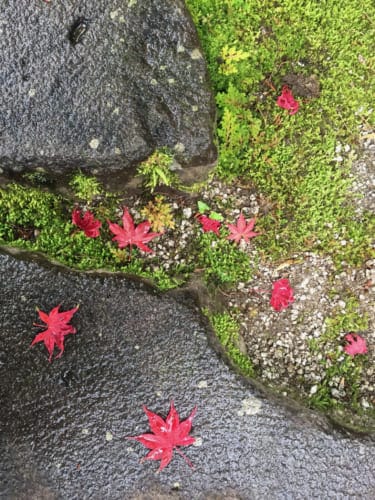
Kyushintei House is open year round, every day from 9am to 5pm. The Tea Ceremony experience is only 300 yen and you can visit the tea house without having tea for free. You can see more photos of the tea house on this website in Japanese.
Saiki Tourist Exchange Center(観光交流館)
On the same street, be sure to visit the Saiki Tourist Exchange Center. It is a public space where events are organized throughout the year. You can freely visit this traditional Japanese house built in the 1920’s everyday from 9am to 6pm.
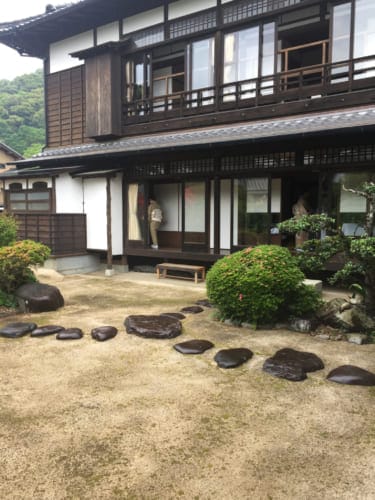
How to get to Saiki ?
From Tokyo, there are regular flights to Oita Airport (1 hour and 40 minutes), then take an airport bus to Oita station for about 1 hour. From Oita station take the local JR Nippohonsen train to Saiki (about 1 hour and 30 minutes).
From Osaka, take the JR Shinkansen bound for Hakata and get off at Kokura station (2 hours) or Hakata station (2.5 hours) , then from Kokura you can take the JR Express Sonic bound for Oita, and finally from Oita the JR Nippohonsen train to Saiki (1 hour and 30 minutes).
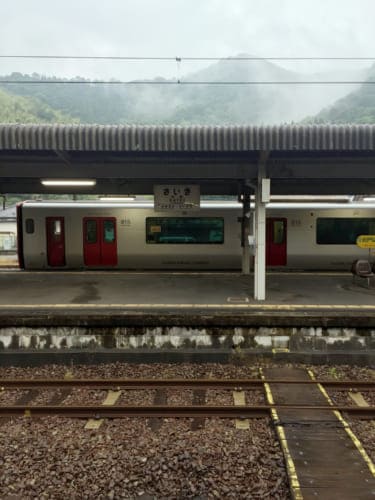
[cft format=0]


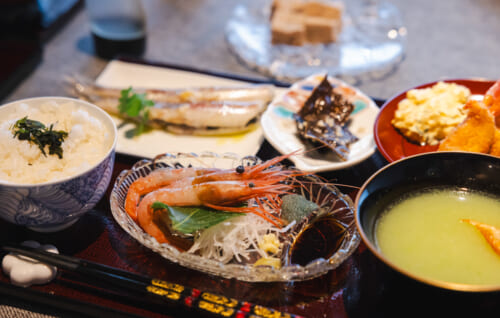
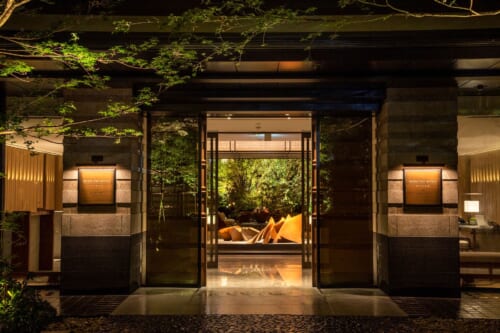
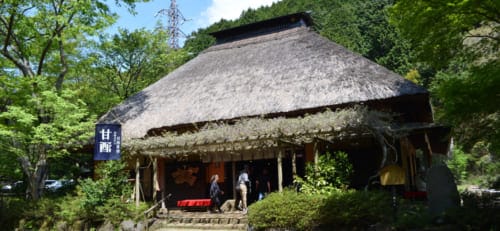
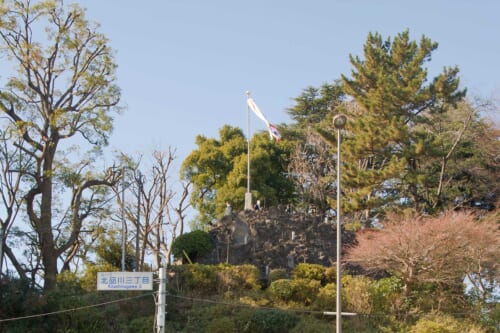
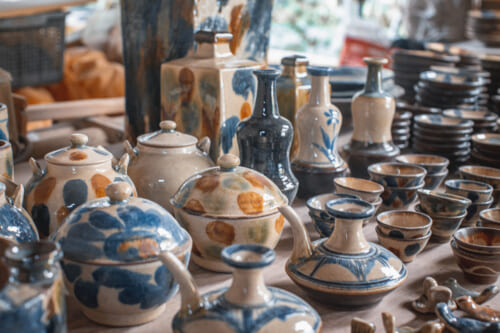
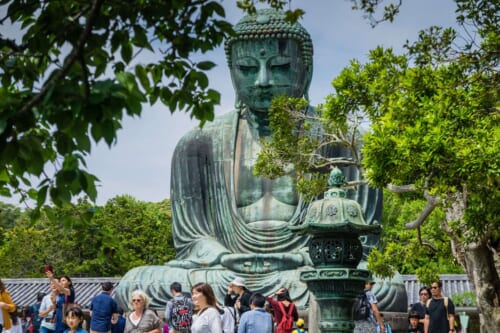


No Comments yet!